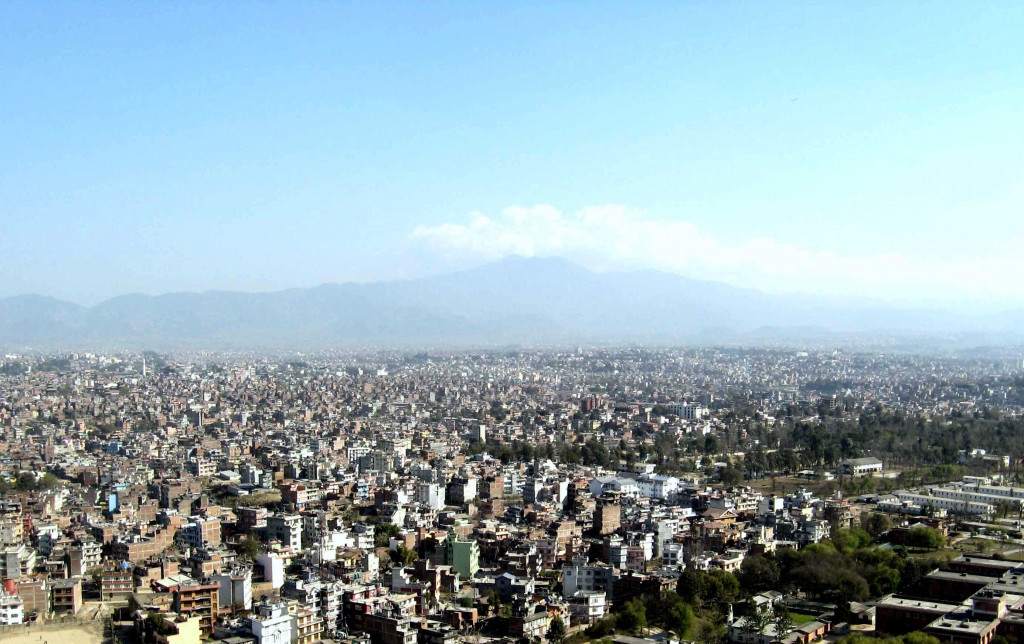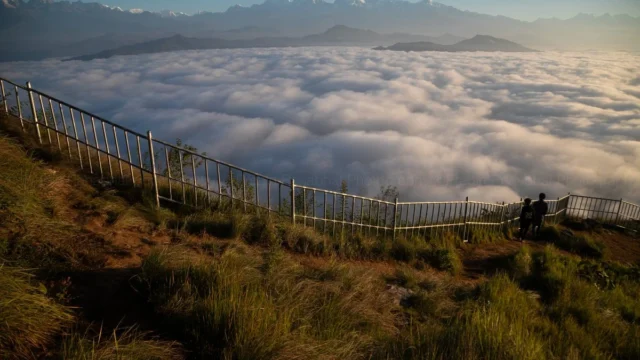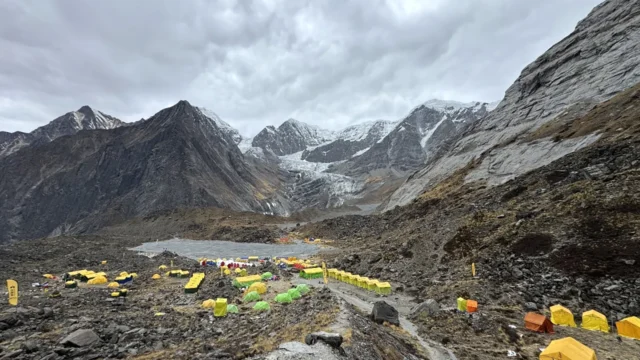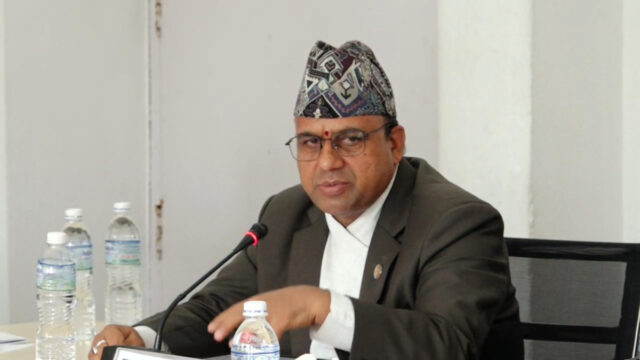The Meteorological Forecasting Division has reported that the partial impact of westerly winds continues to influence Nepal’s weather patterns. As a result, the hilly regions of Koshi and Gandaki provinces are experiencing partly cloudy conditions, while the rest of the country enjoys generally fair weather.
In the central and eastern parts of the Terai region, a thick blanket of fog has settled, impacting visibility and potentially affecting daily activities. The Division has indicated that similar foggy conditions are likely to persist, particularly in the early mornings, which could disrupt transportation, aviation, and general movement in affected areas.
According to the latest forecast, the weather this afternoon is expected to remain partly cloudy in the hilly regions of Koshi and Gandaki provinces, while the rest of the country will experience clear skies. However, there is a possibility of light snowfall in one or two places within the high hilly and mountainous regions of Koshi and Gandaki. The chances of slight snowfall are particularly pronounced in certain high-altitude locations of Koshi Province.
As night falls, the weather is predicted to remain partly cloudy in the hilly areas of Koshi and Gandaki provinces. The influence of the westerly winds is expected to persist, maintaining the current weather patterns over the country. In the next 24 hours, there is a likelihood of light snowfall in one or two places within the high hilly and mountainous regions of both Koshi and Gandaki provinces.
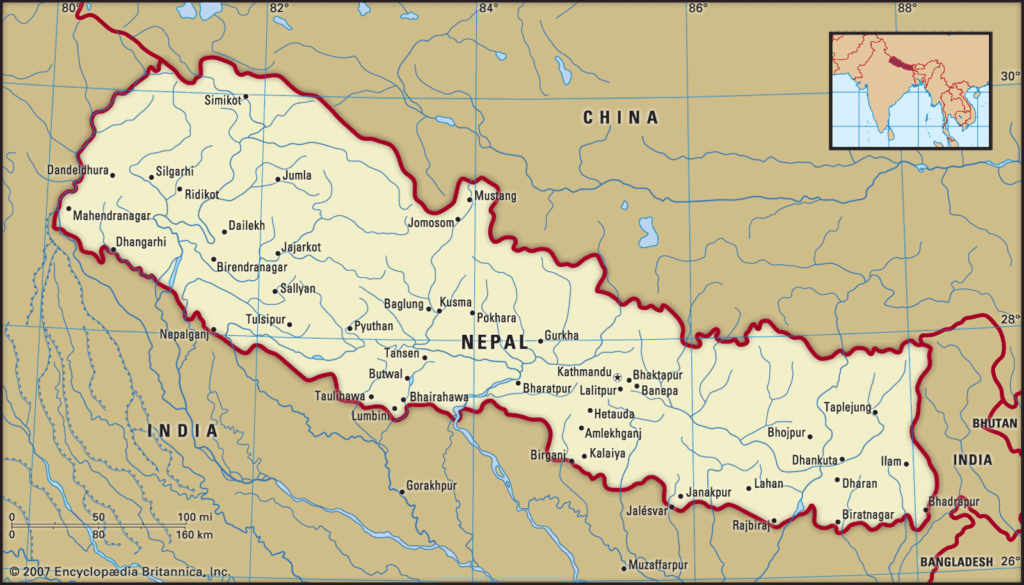
Given the possibility of dense fog in some parts of the Terai region on Friday morning, the Meteorological Forecasting Division has issued an advisory urging residents and travelers to remain cautious. The foggy conditions could have a partial impact on daily life, road transportation, aviation, and public health. Reduced visibility in the morning hours might pose challenges for drivers and air travel, necessitating precautionary measures for those traveling through affected areas.
The Division has also highlighted the importance of health precautions, particularly for vulnerable groups such as children, the elderly, and individuals with respiratory conditions. Prolonged exposure to foggy and cold conditions may lead to health issues, and people are advised to dress warmly and take necessary precautions against potential respiratory problems caused by the damp and chilly air.
As Nepal experiences these weather fluctuations, the impact of westerly winds remains a key factor in determining cloud cover and snowfall in the high-altitude regions. While fair weather prevails in most parts of the country, travelers and locals in the hilly and mountainous areas should remain aware of changing conditions and potential snowfall.
The Meteorological Forecasting Division continues to monitor the situation and advises citizens to stay updated through official weather bulletins. With weather patterns shifting rapidly, staying informed and taking necessary precautions will be essential in navigating the impact of westerly winds and seasonal fog across Nepal.
